
BTC used to be an uncorrelated asset, but that’s no longer the case. What can gold and stocks suggest about the crypto markets?
Bitcoin (BTC) is an uncorrelated asset, or so the narrative used to go. For much of Bitcoin’s lifetime, it existed as something of value to a very small group of people. Now, awareness and demand are accelerating rapidly. So, what does this mean for the status of BTC as a supposedly uncorrelated asset?
That Bitcoin was an uncorrelated asset isn’t just conjecture — the numbers back it up. According to data compiled by VanEck in early 2021, there was almost no discernible pattern between the movements of Bitcoin and other markets, including S&P 500, bonds, gold, real estate and others, for the period 2013 to 2019.
But as the chart below shows, there has been an evident shift in correlation patterns across various asset classes since 2020, most notably, the stock markets and gold.

Furthermore, according to data compiled by Singaporean bank DBS, Bitcoin’s correlation to the stock markets continues to increase throughout 2021.
It’s worth noting that Bitcoin’s increasing correlation with both stocks and gold isn’t an anomaly. These markets are generally considered to have an inverse relationship thanks to gold’s status as a hedging instrument during periods of stock market volatility. However, no doubt in part thanks to the market turmoil caused by macroeconomic factors, both stocks and gold have been in generally bullish markets for most of 2020 and 2021.

This pattern explains how BTC can show a correlation to both assets. However, the narrative that Bitcoin could be most closely correlated to gold appears to be on increasingly shaky ground.
To begin with, this theory was only ever based on the notion that investors may treat BTC as a store of value in the event of a wider market downturn, affording it the same “safe haven” status as gold. However, for much of Bitcoin’s lifetime, it had existed during times of economic prosperity, at least in the more advanced economies, so the theory had never been tested.
Not digital gold?
TD Ameritrade analyst Oliver Renick has argued that BTC is far more correlated to macroeconomic events than gold. The Goldman Sachs head of commodities research recently went on record to state that Bitcoin is more like “digital copper” than digital gold. His position is that Bitcoin behaves more like copper as a “risk-on” asset, whereas gold serves as a “risk-off” hedge.
Brandon Dallmann, chief marketing officer of exchange ecosystem operator Unizen, thinks Bitcoin is not a gold-like asset, telling Cointelegraph: “Bitcoin’s current volatility indeed prevents it from being a stable store of value. Also, gold’s price tends to rise when other assets depreciate, and Bitcoin doesn’t show such a stable up-down trend.”
However, it may not necessarily be a positive development for volatility-seekers if Bitcoin does take on gold-like properties since its trading potential will surely decrease.
Recently, market demand appeared to indicate a more negative correlation between Bitcoin and gold. The May sell-off in the crypto markets could have prompted fleeing investors to go on a yellow metal buying spree.
Bitcoin’s correlation with the stock markets appears to be taking a different turn. Events over the last 18 months or so have given further credence to the argument that Bitcoin is correlated to the stock markets and that the bond could be becoming stronger. In March 2020, when the stock markets started to fall amid widespread uncertainty regarding COVID-19, a cryptocurrency Black Thursday rapidly followed.
More recently, Bitcoin’s volatile price action could be associated with investor uncertainty regarding tech stocks. Barry Silbert has also tweeted his belief that the crypto markets are correlated to stocks.
What’s tying BTC to stock prices?
There are several factors explaining why Bitcoin appears to be increasingly tied to the stock markets. Firstly, the meme stocks movement that started with GameStop in February, and more recently reemerged around AMC shares, has caused waves in the world of stock trading. The emergence of a new generation of digital-savvy investors who bridge the gap between crypto and stocks could explain why there’s an increasing correlation between the two assets.
However, another critical factor must be the inflow of institutional funds to crypto. While the “uncorrelated” argument held water while crypto was dominated by retail investors, it’s increasingly no longer the case. Logically, if it gets to a point where both markets consist of the same participants, the correlation becomes inevitable.
Related: GameStop inadvertently paves the way for decentralized finance
This pattern of correlation also makes sense when drilling down into the correlation data to the level of indexes or even individual company stocks. While Bitcoin’s correlation with the S&P 500 and Nasdaq indexes is relatively low at 0.2, Bitcoin-invested firms show a far higher correlation, with Tesla around 0.55, MicroStrategy above 0.7, and Grayscale’s Bitcoin Trust above 0.8.
Extrapolating what this could mean if the institutional trend continues, it seems plausible that Bitcoin’s correlation to the stock market will continue to increase as long as firms want to hold BTC on their balance sheets. However, Igneus Terrenus, head of communication at Bybit Exchange, believes that it will take a long time before that happens, telling Cointelegraph:
“Things may very well change in the long term when institutional adoption truly kicks into gear, and more of the 40,000-plus public traded companies start to put BTC on their balance sheet. But at the moment, most institutional investors are using Bitcoin as a diversifier in their portfolio. We are yet to see any major sign of convergence in price movements.”
A two-way relationship
Correlation isn’t causation, and Bitcoin’s relationship with the stock market isn’t one-way. While events in the stock markets could cause BTC market movements, could the opposite also be true? It seems likely, particularly as institutional interest in BTC continues. The flagship cryptocurrency would become more exposed to macroeconomic factors than it was during its cypherpunk days.
Still, Bitcoin has its own market forces at play, and these could ultimately influence the global stock markets if the value of corporate balance sheets fluctuates. For instance, Bitcoin’s halving events have a compelling link with its price cycles. Daniele Bernardi, CEO of fintech management company Diaman Partners, believes that BTC’s own price cycles will override the influence of institutional investors, telling Cointelegraph:
“The main actors involved in crypto’s market dynamic are traders, so the introduction of institutional investors might dampen volatility, but I suspect the strong cyclical patterns present right now in Bitcoin’s price formation will override any forces of correlation with other markets.”
It’s also worth remembering that externalities, such as electricity prices, availability and cost of mining equipment, and regulatory developments all impact Bitcoin’s price.
So, it seems unlikely that many firms would adopt the same enthusiastic attitude to BTC investing as MicroStrategy and would likely take a more prudent and diversified path should they invest in crypto. However, the idea of a power cut in Xinjiang, which could wipe trillions off the S&P 500, could be a little daunting.
What about altcoins?
Another intriguing consideration is what would happen to the rest of the cryptocurrency markets should Bitcoin become more closely tied to the stock markets. So far, the crypto markets generally follow Bitcoin’s lead, although there may be odd exceptions.
However, institutional interest in cryptocurrencies doesn’t necessarily extend very far down the crypto ranking tables. Therefore, would it be possible to see a future where price movements in altcoin markets are less correlated with Bitcoin, thanks to an investor base split between individuals and institutions?
Related: Bullish all the way? MicroStrategy doubles down on its Bitcoin bet
The shift in investor profile, even if it’s only just starting, is the most straightforward explanation for why BTC isn’t necessarily always performing in the same way as it has during previous halving cycles.
Of course, there could be other factors at play. Regardless of what the future holds, it now seems inarguable that BTC is inextricably linked to the global markets in a way that’s unprecedented during its lifetime.

You can get bonuses upto $100 FREE BONUS when you:
💰 Install these recommended apps:
💲 SocialGood - 100% Crypto Back on Everyday Shopping
💲 xPortal - The DeFi For The Next Billion
💲 CryptoTab Browser - Lightweight, fast, and ready to mine!
💰 Register on these recommended exchanges:
🟡 Binance🟡 Bitfinex🟡 Bitmart🟡 Bittrex🟡 Bitget
🟡 CoinEx🟡 Crypto.com🟡 Gate.io🟡 Huobi🟡 Kucoin.

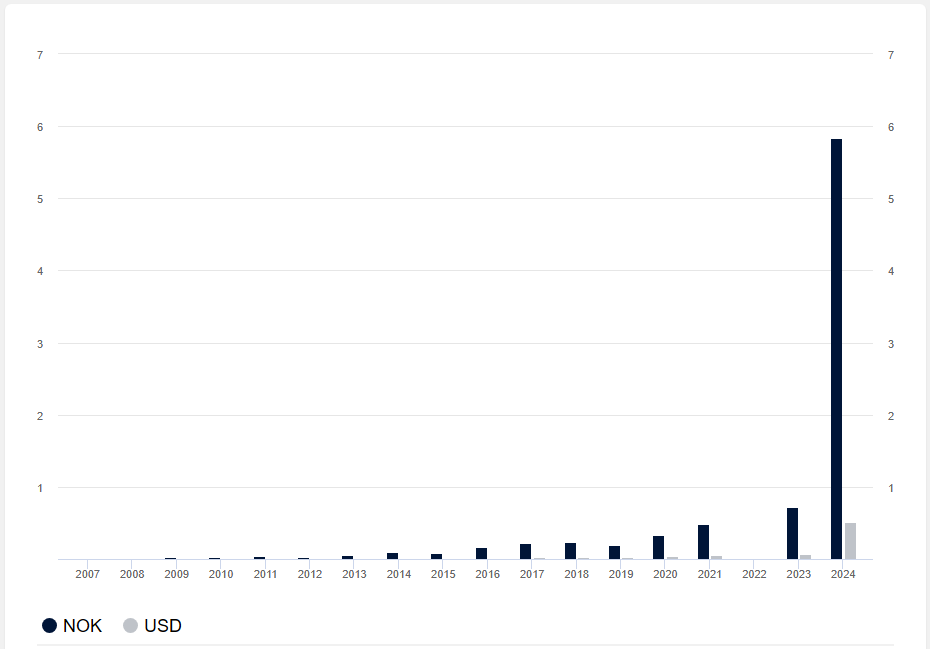

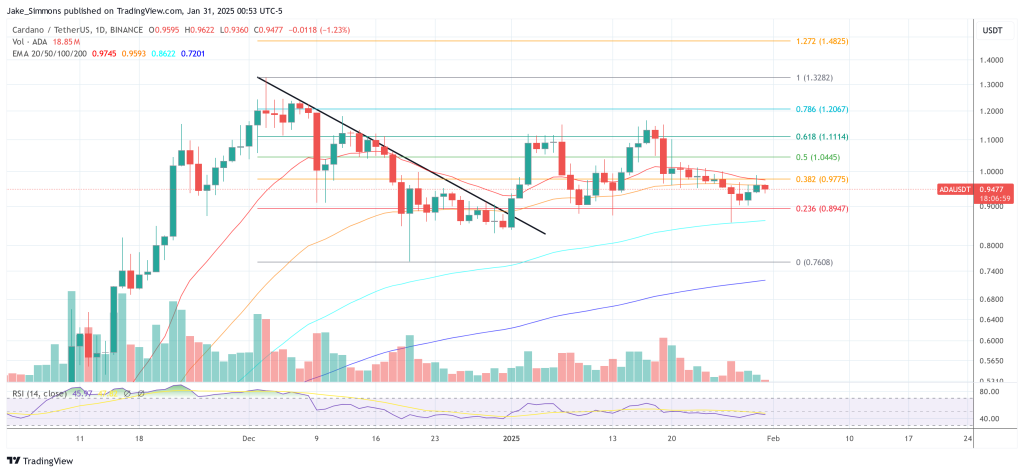
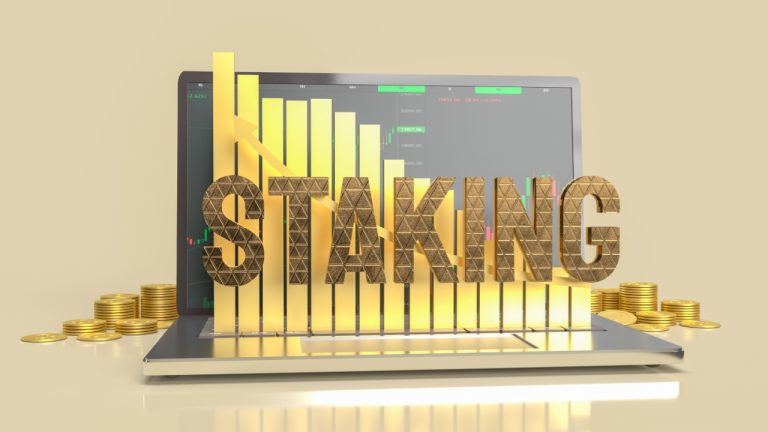



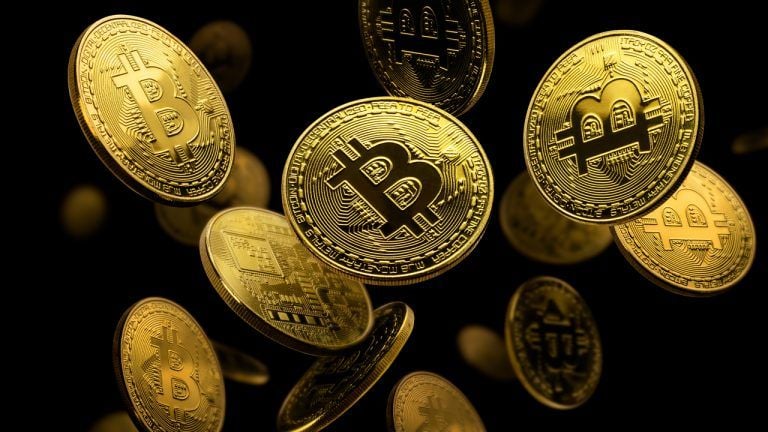
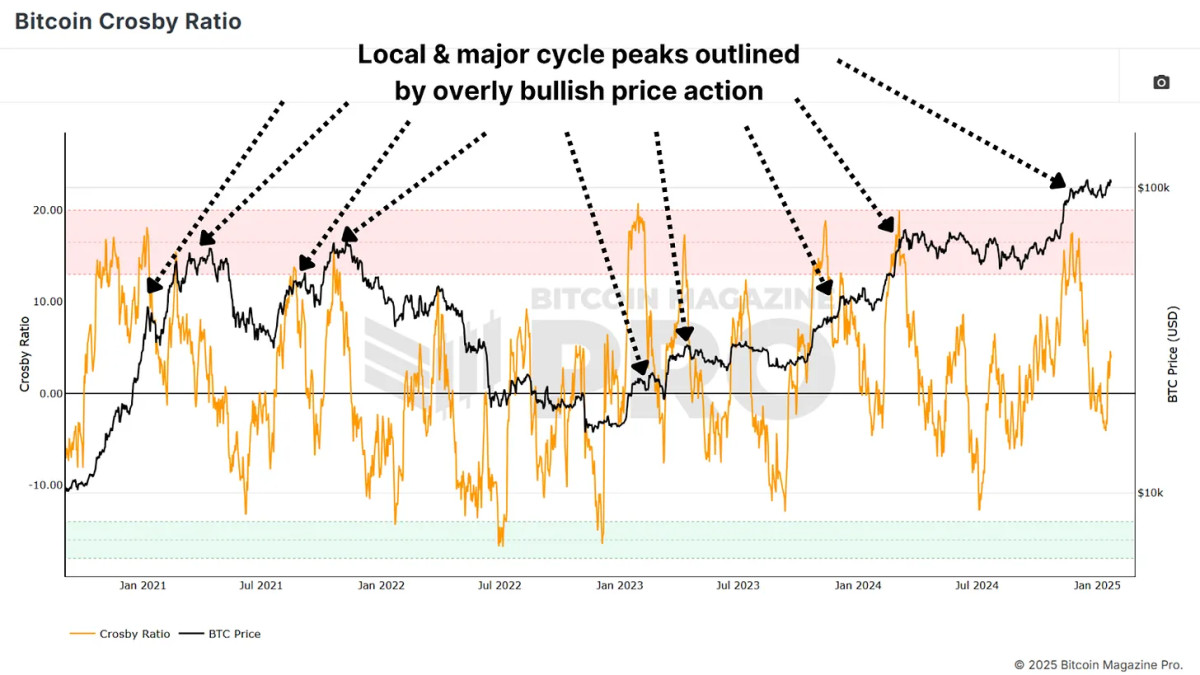

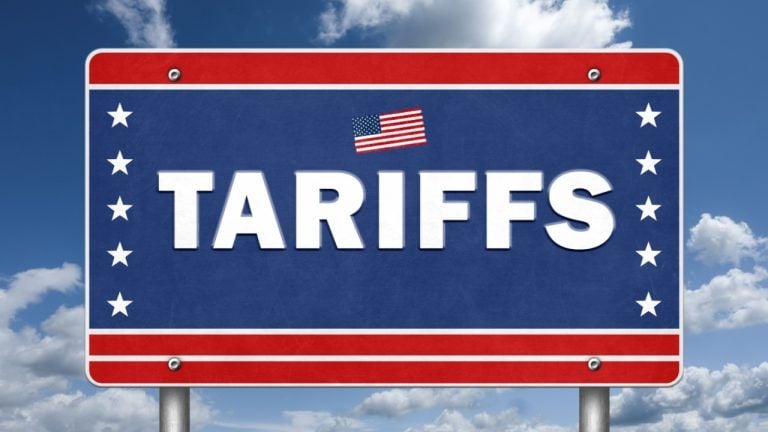







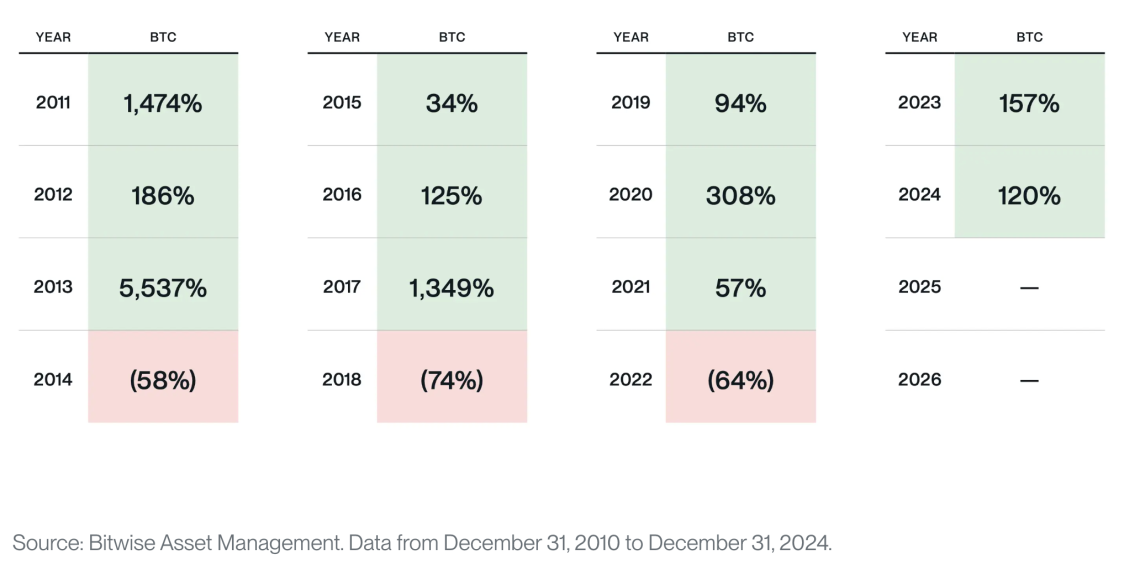
Comments